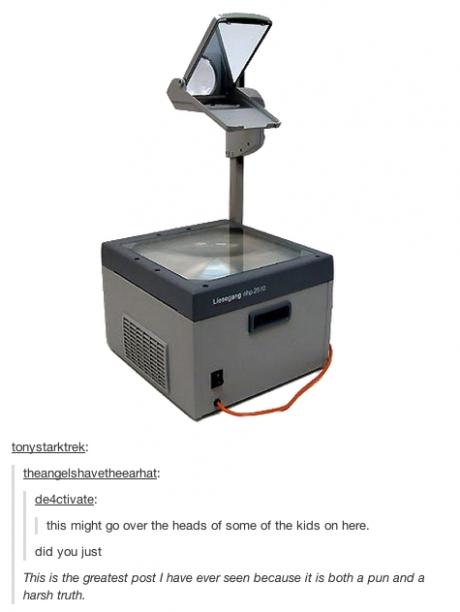Well, apparently I sold myself short. The response from people seeing my home-quilted quilts has been overwhelming! People liked it, and were shocked I was doing this on a domestic machine. The truth is, I still don't think I'm all that great at it, but I do love the free motion quilt. I can't handle much more than a small throw quilt without difficulty, and I still haven't mastered the even stitches bit even with a stitch regulator, but I love it. I think it is my favorite part of the process!
But what I keep hearing from people looking at the few quilts I have up that I've quilted myself, is that they wouldn't have any idea on how to fill the space, and they wouldn't be brave enough to freehand the design. Well, yes, I'm not using a stencil or a computerized design, so technically, I am free handing the designs, but I'm most definitely not brave enough to completely freehand just yet! BUT...I do have a few cheats to share for those of us just starting out in free motion and for us not feeling confident enough just yet to 100% freehand. Here we go!
Free Motion Quilting Cheats
1. Pinterest really is a wonderful, wonderful thing. If you're feeling stuck, pop on there and you can find a world of free motion designs to inspire you. I have spent countless hours looking up designs because my arsenal is limited. Just search "free motion quilting" and you'll find yourself sucked right in.
Exhibit A, found on Pinterest.
2. Let your fabric and pattern work for you. Does your fabric have an interesting design, or does your pattern have its own funky natural lines? Follow the leader and stitch around those patterns.
3. I'll be honest...the Press and Seal trick did not work for me at all, not even one measly bit. It didn't slide underneath my quilting foot very well, and got bunched up even when I eased up the pressure on the foot. Also, when I tried to move the fabric around the design, the wrap didn't stay put and it moved with my hands. Oh, and that stuff is a pain int he ass to get out of your stitching...I ended up doing more damage to my stitches than I did to the Press and Seal, even trying to be delicate with tweezers!
Please accept a picture of some Scottie puppies as a completely adorable substitute.
4. If you can audition patterns, that is really, really helpful. That's probably, in my opinion, what the Press and Seal is best for. But, it is translucent and you don't get a good feel for how the pattern looks on your quilt. My solution was overhead projector sheets. Yeah, yeah, I know, how has those anymore? I've had these babies laying around since my junior year of high school...and only just found a good use for them.
But they're 100% clear and you can use Sharpie, a dry erase marker, or an overhead marker to trace out the design, or designs, you're toying around with. This will give you a much better idea of how your design will look on your quilt without ever having to take a stitch, and with zero marking on your quilt.
The pitfall is that you shouldn't really sew over these...they're quite stiff and getting the plastic out of your stitches would be at very best a nightmare. Once you get the idea of how it will look and what you want, it's time to be brave and dive in, or...
5. You can always you a washable fabric pencil, or water soluble marker to draw your design directly on the fabric. You can stitch right over it and wash it off when you're done...or, with all of that handling, it may wipe away on its own as you work. This is best done in chunks because as you handle the quilt, especially if you opt to use a fabric pencil, it will wipe away...so it's best not to spend all your time drawing out the whole quilt only to have it fade away.
6. PRACTICE, PRACTICE, PRACTICE. Before you even sew a stitch on your quilt, make yourself a "test quilt" to make sure your tension is in order, and to make sure you know how to actually do the design you want. When I make a "test quilt" all it is, is a 14" x 14" or so piece of scrap batting with scrap fabric on either side to act as the quilt top and back. That way you are practicing on roughly the same materials as your quilt is made from. Get you design down, your tension right and your courage up and you're ready to roll!











All good advice! Thanks for sharing!
ReplyDelete~Susan @theboredzombie.com
Thank you Susan!
ReplyDeleteWould tracing paper work in place of projector sheets? Maybe? Or after you find a pattern you like using the projector sheet trace over it with the tracing paper and then sew over the tracing paper?
ReplyDeleteI hadn't thought of using the tracing paper over the transparency. I'll have to try that, it just might work!
Delete